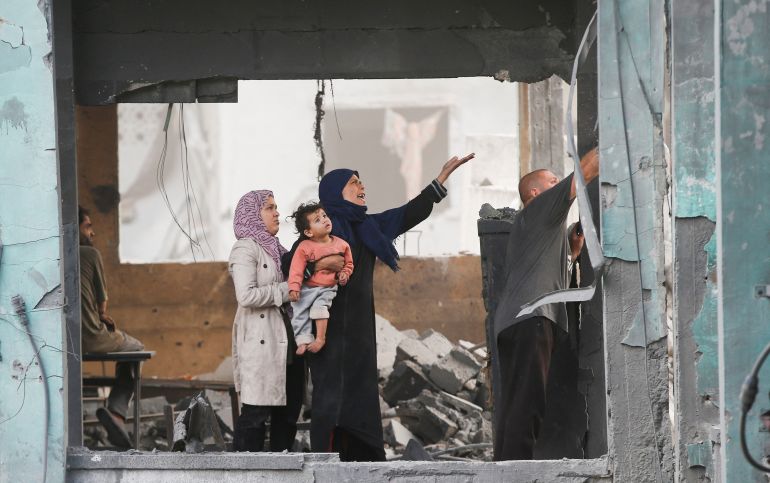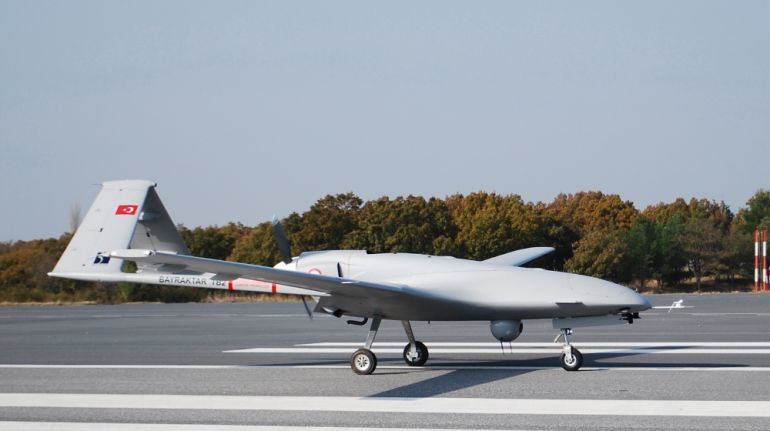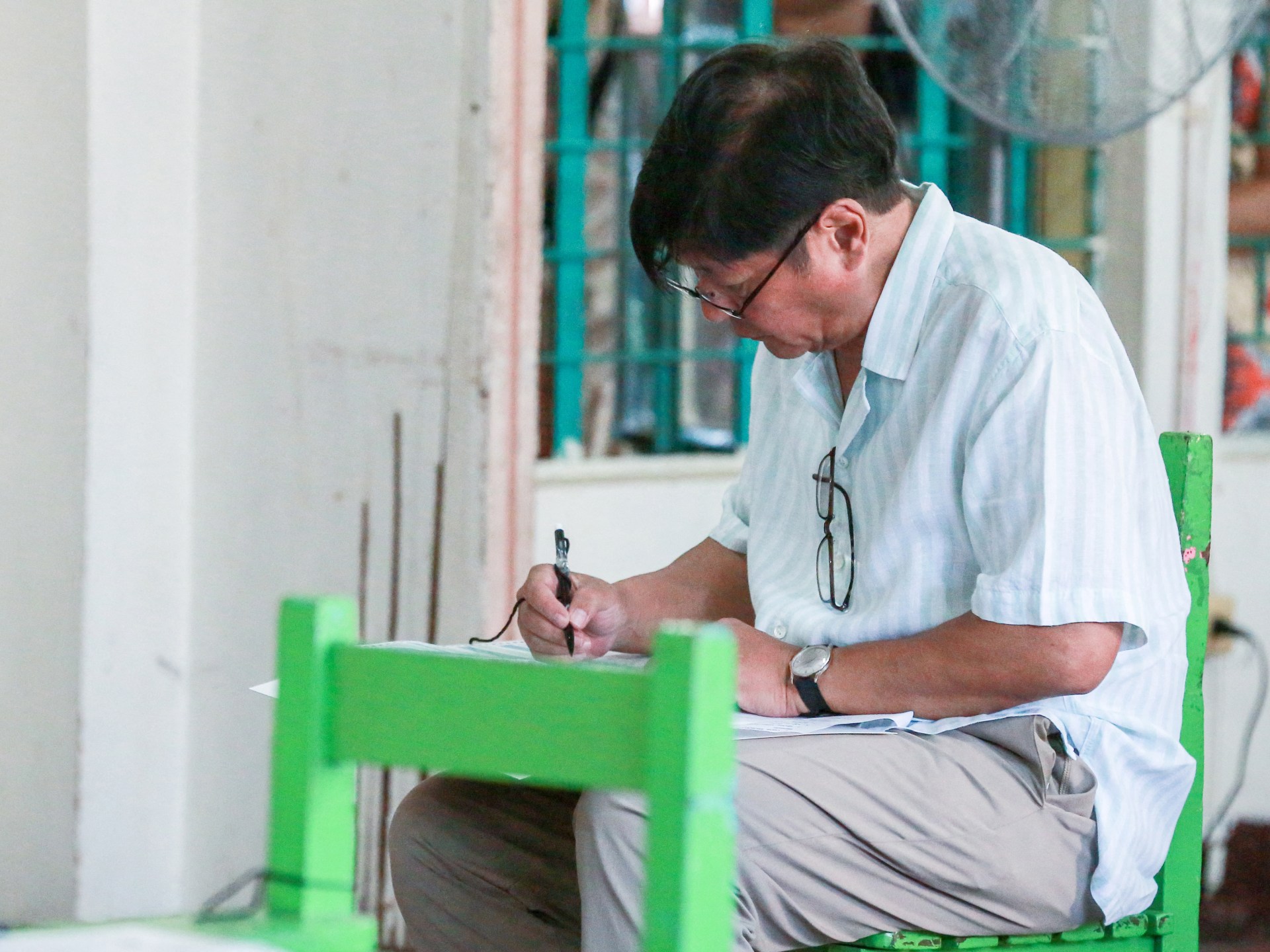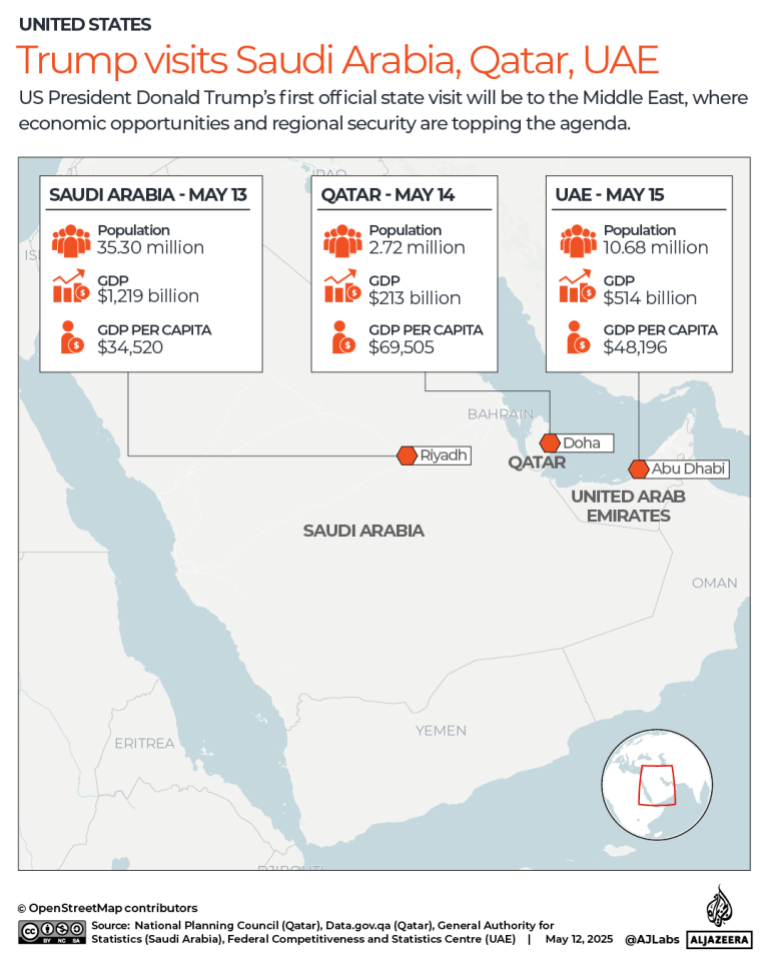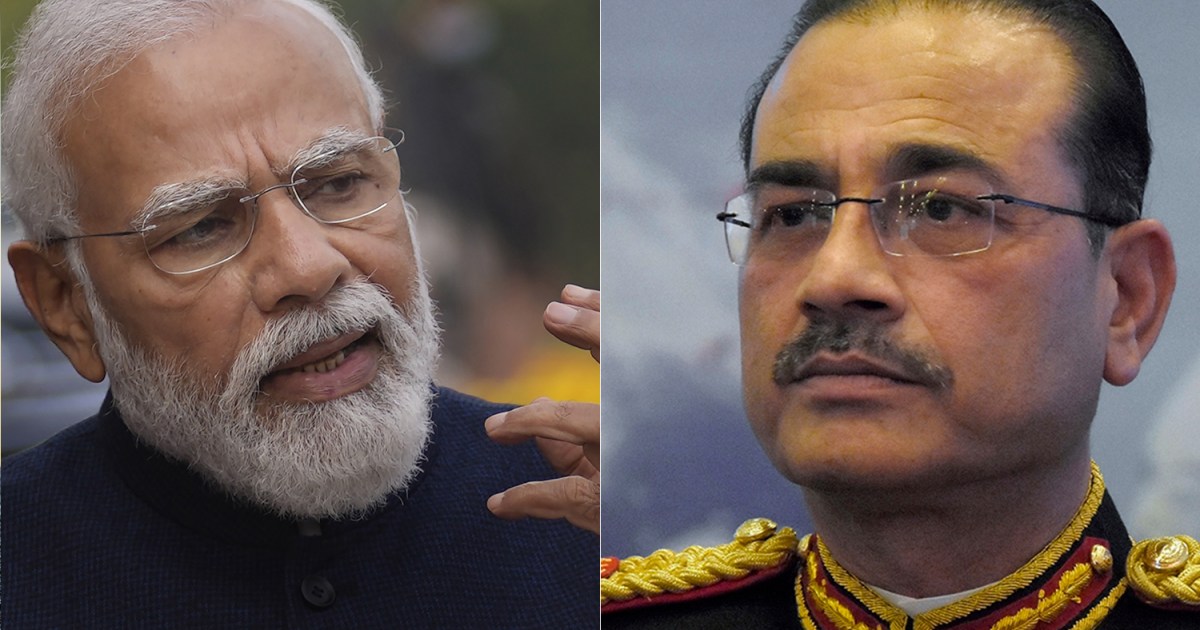The United Kingdom’s government faces a High Court challenge over the export of F-35 jet components used by Israel.
Co-claimants Al-Haq, a Palestinian rights organisation, and the Global Legal Action Network (GLAN) are behind the case.
“We’re going to court to try to force the government to stop supplying F-35 components to Israel,” Jennine Walker, a lawyer with GLAN and the legal firm Bindmans, representing Al-Haq, told Al Jazeera.
The four-day case is set to begin on Tuesday, as Israel’s onslaught in Gaza continues with the aid of F-35 jets, having already killed more than 61,700 people.
Here’s what you need to know:
What’s happening?
In September 2024, the UK suspended about 30 out of 350 arms export licences to Israel following a review that found there was “a clear risk certain military exports to Israel might be used in violations of international humanitarian law”, according to the Foreign, Commonwealth and Development Office.
But it carved out an exception for F-35 jet components, citing the F-35 global programme’s importance to international security. The parts, however, would not be sent directly to Israel, the government said.
Al-Haq and GLAN argue that the government is breaking domestic and international law through a loophole by allowing the parts to be supplied to Israel via the global spares pool and F-35 partner countries, “despite the [International Court of Justice] finding that there is plausible risk of genocide being committed against Palestinians in Gaza”.
The UK reportedly provides about 15 percent of the components in the F-35 fighter jets used by Israel.
The case has taken on new significance after a report last week by the Palestinian Youth Movement, Progressives International and Workers for a Free Palestine suggested F-35 parts are still being sent directly to Israel as of March 2025.
“Despite the September 2024 suspension of direct shipments of F-35 components from the UK to Israel, the data suggest such shipments are ongoing as of March 2025”, the report said, citing Israeli tax authority data.
From Tuesday until Friday, High Court judges will examine whether the government’s decision to suspend some but not all arms licences for export to Israel was legally correct.
Al Jazeera understands the judicial review will focus on the carve-out for F-35 jet parts. The campaigners have said they aim to ensure the UK government “urgently suspends all arms exports to Israel”, while accusing the UK of “complicity” in Israel’s genocide against Palestinians.
What will the campaigners argue?
Co-claimants Al-Haq and GLAN applied for a judicial review into arms export licences to Israel in December 2023, citing violations carried out by Israel against Palestinians in Gaza and the occupied West Bank.
They say F-35 jets have plausibly been involved in war crimes.
“We know Israel is using the F-35 jets to bomb civilians. For example [in] the attack on March 18 which broke the ceasefire, and this wouldn’t be possible without the UK’s help,” Walker said.
“Hundreds of civilians died,” Walker said, referring to one of the deadliest days across Gaza when Israeli assaults killed more than 400 people. “We know every F-35 jet has some British parts.”
What’s the UK’s position?
In a statement sent to Al Jazeera, a spokesperson with the UK’s Foreign Office said, “This government has suspended relevant licences for the [Israeli army] that might be used to commit or facilitate serious violations of international humanitarian law in Gaza.”
The spokesperson added that of the remaining licences for Israel, the “vast majority” are not for the Israeli army but for “civilian purposes or re-export, and therefore are not used in the war in Gaza”.
The spokesperson reiterated the government’s position that the F-35 programme exemption was “due to its strategic role in NATO and wider implications for international peace and security”, adding that “any suggestion that the UK is licensing other weapons for use by Israel in the war in Gaza is misleading”.
Which other groups are involved in the case?
Oxfam, Human Rights Watch and Amnesty International are assisting the court by submitting written evidence.
Oxfam’s intervention is based on its documentation of the destruction caused by Israeli fire on water sanitation and health facilities.
Akshaya Kumar, the director of crisis advocacy at Human Rights Watch, raised the idea of criminal responsibility, referencing the Yugoslavia war crimes tribunal.
“If you are a supplier, you are aiding and abetting the continued assault, the continued air strikes. You are part of that criminal responsibility,” she said.
Elizabeth Rghebi, the MENA advocacy director at Amnesty International USA, argued that several states have either been unwilling to observe international legal obligations or have claimed that the structure of the F-35 programme makes it impossible to apply arms controls to the end-user, “which would make the entire programme incompatible with international law”.
What is the scale of damage from Israeli air strikes in Gaza?
Israel’s latest military assault on Gaza began shortly after October 7, 2023, when Hamas, the group that governs the Strip, led an incursion into southern Israel, during which 1,139 people were killed and more than 200 were taken captive.
Israel has failed to achieve its stated aim of crushing Hamas, while its aerial bombardment from jets, including the F-35, has decimated civilian infrastructure, including hospitals, schools, universities, libraries, mosques and churches.
Emeritus professor Paul Rogers from the University of Bradford said, “In terms of tonnage dropped, most modern wars have had very high levels of tonnage used. Gaza is probably one of the worst. If you go back to the Second World War – [there was] the carpet bombing of German cities, the firebombing of Japanese cities, for that matter, and, on a smaller scale, the bombing Britain experienced during the second and third years of the war.”
He added: “So, it’s not exceptional in that sense, but the concentration of so much firepower in a very small area is very unusual. It bears comparison with some of the worst examples of modern warfare and their impact on civilians.”
The World Health Organization (WHO) has documented the woes inflicted on Gaza’s healthcare sector, including the systematic destruction of hospitals, withholding of medical supplies and the detention of doctors.
“Airstrikes and a lack of medical supplies, food, water and fuel have virtually depleted an already under-resourced health system,” the WHO said.
